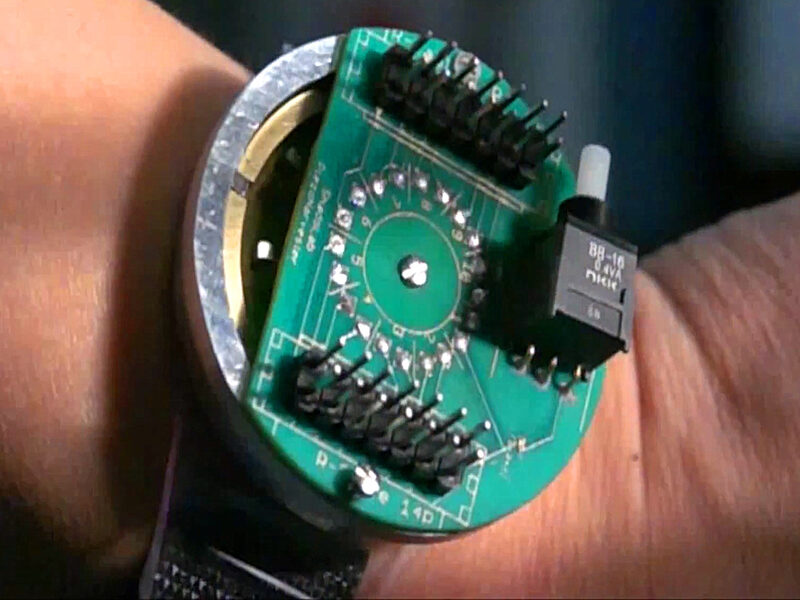Piezoelectric Energy Harvester: Applications and Research Advances

In the evolving landscape of biomedical technology, piezoelectric energy harvesting has emerged as a promising solution to power implantable medical devices (IMDs). By converting the body’s natural mechanical movements into electricity, this technology offers a sustainable alternative to conventional batteries, which often come with limitations like short lifespan, bulkiness, and the need for risky surgical replacements.
Tapping into the Body’s Rhythms
The human body is a powerhouse of mechanical activity. Movements such as heartbeats, lung expansion, blood flow, and muscle contractions generate vibrations that can be harnessed to produce energy. Piezoelectric materials capitalize on this energy, offering a continuous power source for devices critical in diagnostics and therapy.
Flexible Innovation: Devices That Move with the Body
A breakthrough in fabrication techniques like transfer-printing has made it possible to embed traditionally brittle piezoelectric films onto flexible substrates. These ultra-thin, conformable devices can integrate seamlessly with organ surfaces, functioning without interfering with natural physiology.
In in vivo trials on swine models—chosen for their close similarity to human cardiac anatomy—these devices produced up to 3 Volts of peak-to-peak voltage from heart motion, sufficient to power standard pacemakers.
Beyond the Heart: Expanding Biomedical Applications
While cardiac implants are a primary focus, piezoelectric harvesters are also being explored for deep brain stimulators, muscle stimulators, and other biomedical tools. The versatility of this technology lies in its ability to convert multiple forms of mechanical motion into power.
Further advancement has led to hybrid systems that combine piezoelectric and triboelectric mechanisms. These systems capture energy from diverse actions like bending and friction, significantly enhancing energy output and device efficiency.
Smart, Self-Sustaining Tech for a Smarter World
Beyond medical use, hybrid energy harvesters are making waves in broader fields such as wearable tech, structural health monitoring, and the Internet of Things (IoT)—supporting a more connected, energy-efficient world.
Presidency University: Cultivating the Next Generation of Innovators
At Presidency University, the Department of Electronics and Communication Engineering (ECE) under the Presidency School of Engineering is at the forefront of this innovation. As one of Karnataka's leading private engineering institutions, the university fosters cutting-edge research at the intersection of electronics, AI, and interdisciplinary sciences—empowering students to design solutions that shape the future.
Written By
Dr. Ashutosh Anand, Assistant Professor-senior scale
Department of ECE













 Rajanukunte, Yelahanka, Bengaluru, Karnataka, Pin: 560119, India
Rajanukunte, Yelahanka, Bengaluru, Karnataka, Pin: 560119, India
 +91 9022092222
+91 9022092222